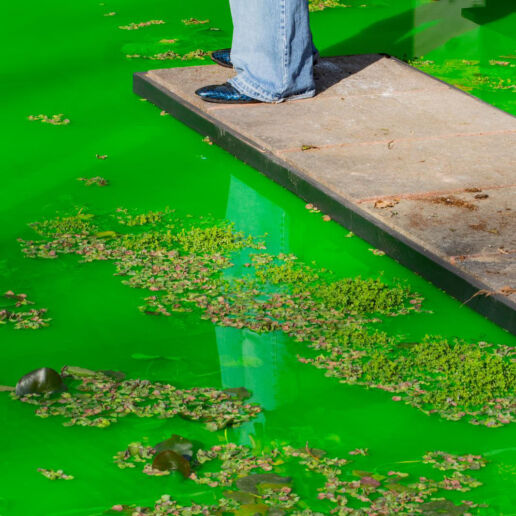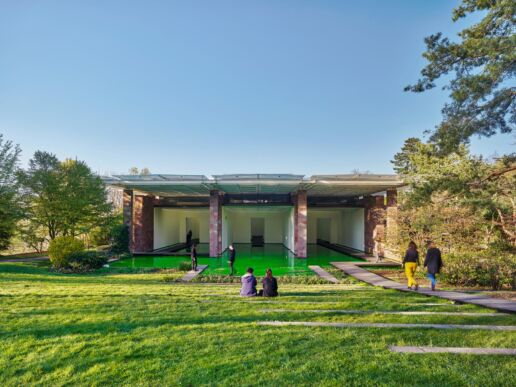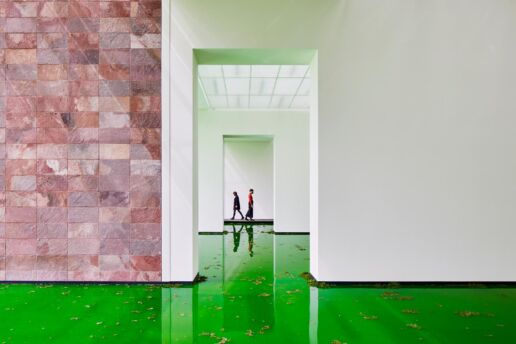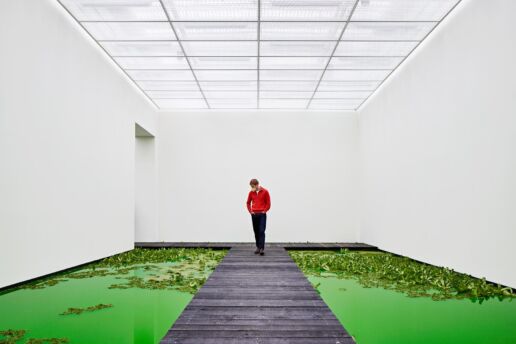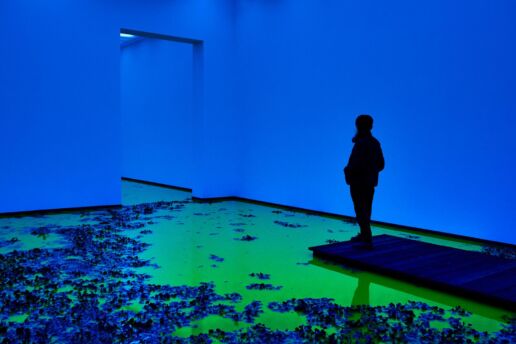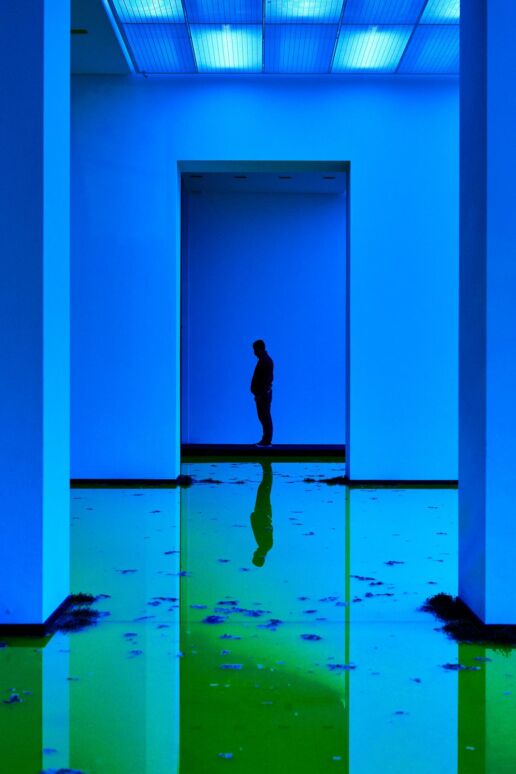Observing life from behind a window…
The current status quo has made us connect more with ourselves and less with the world around us. Even our seasonal clothing, which stands out as the most superficial relationship we have with the climate, remains packed into wardrobes unless we “must” leave our homes. And as the buildings we inhabit get smarter, some of our perceptive abilities have been tarnished with all the “protective” features they offer… We can now only notice the changing seasons from the way the sun seeps through our curtains and the windowpanes we live behind. As our homes have become more controlled and deal with a growing number of our daily chores, our senses have grown lazy. Perhaps we have become less aware of our surroundings; a generation unable to empathise. Maybe it is a state of stagnation or even one of reversed evolution… So, is the golden solution to re-connect with nature to slowly remove that pane of glass between us?
This issue is at the centre of most of Olafur Eliasson’s works. He urges us to look at the “meaning of life from outside the human perspective” in these times when we tend to over-focus on ourselves.
The exhibition is hosted by the Fondation Beyeler in Reihen, Switzerland which was designed and completed in 1997 by Renzo Piano Building Workshop. For this occasion, the transparent facade of the structure was removed and the lotus pond just outside was relocated to the courtyard in collaboration with landscape designer Günther Vogt to ultimately bring a new perspective to spaces that merge “culture and nature”. The grand overhaul also makes references to Donna Haraway’s definition of ‘natural cultural landscape’. The new, fluorescein coloured pond, which reaches depths of 80 cm, is adorned with lilies, lotuses and other species that complement the landscape. Strolling on the wooden deck of the courtyard you are likely to come across a new way of life that could emerge inside the museum, a myriad of possibilities and the occasional insect, of course…
Another reason that makes the exhibition so striking is the setting of Fondation Beyeler and its interventionist approach. The building’s long linear shape can give the impression that everything is fine, but it also delivers a new definition to space. A space that is alive in which you may see a blossoming lotus, or one that has wilted in three days; and sometimes even a bat. By deconstructing the dynamics of a controlled interior space, Eliasson reminds us that how our lives are closely connected with nature, that we are bound to local context and that uncertainty is simply a fact of life. In doing so, the artist challenges the distinctive boundaries between interior and exterior, what is manmade and natural. It is a form of reducing our prevailing cultural attitude that we rule over nature as a reflection of our idealised progress to absurdity…
The website launched in conjunction with the exhibition makes it possible to observe this life remotely. From the website, which broadcasts live 24/7, you can visit the exhibition, take a closer look at new forms of communicating with nature and access photographs, videos, podcasts as well as interviews with artists and scientists.


